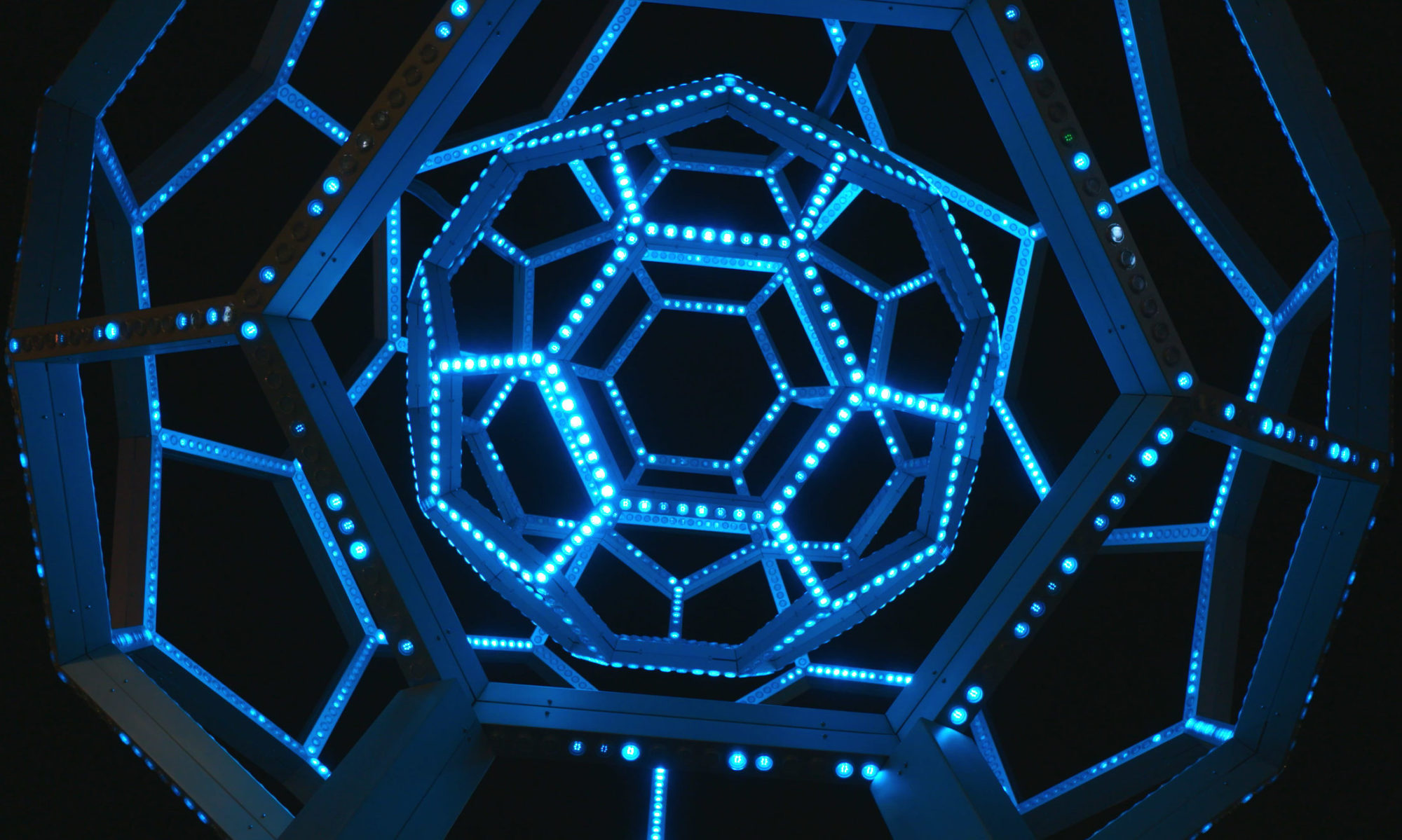Micah Elizabeth Scott is a light artist living in San Francisco who uses technology and everyday electronics to make works of light-based and interactive art. Many of her works use common objects and “hacking” otherwise inaccessible technology. She calls this “improvisational engineering”. One great example of this is her project Coastermelt, which follows her process of reverse engineering a Blu-ray player in order to manipulate the data on it to create images.

“Forest” is a piece she worked on in 2015 in collaboration with the Toronto International Film Festival’s Kids digiPlaySpace. It consists of a large wall with holes and handles all lit from behind by constantly-changing lights. The idea behind the piece is that kids could play with the handles, modifying the light in interesting, natural motions in order to encourage play, curiosity, and collaboration.

Scott was also a key part in the creation of FadeCandy, an interface for easily controlling LEDs for light art. The project arose out of her own experience using LEDs for art. She developed the microcontroller as a way to make LED art more accessible to people. It is now sold by Adafruit.

Another major accomplishment of hers was two related works: “Zen Photon Garden” and “High Quality Zen“. Both are software simulations of light using a technique called raytracing. They allow the user to explore interesting geometry and patterns through their interactions with light.
I really enjoyed research Scott’s art, because I find the idea of using light and technology as an interactive art medium really interesting and exciting.
